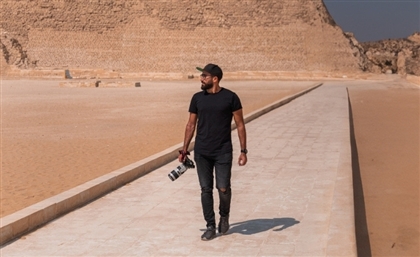Meshal Al-Obaidallah: Preserving Saudi Culture Through Digital Relics
Saudi artist Meshal Al-Obaidallah explores memory amid rapid social transformation through his practice.
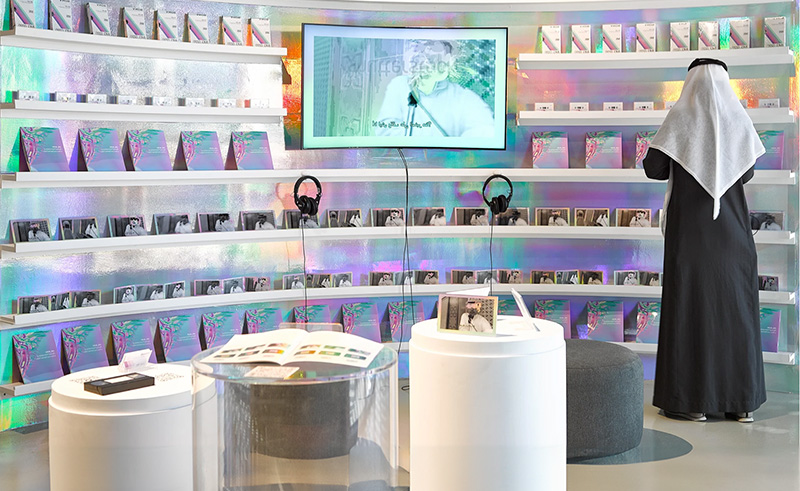
Photos by Arif Alnomay
After stumbling upon a discarded iPhone 6 and an untraceable seven-second video, conceptual Saudi artist Meshal Al-Obaidallah challenges our digital memory and the transience of online artefacts.
Amidst the overflow of digital gadgets in landfills and the abundance of online content, coupled with the challenge of tracking personal archives due to the sheer volume of what we produce, Al-Obaidallah questions our collective ability to remember and archive effectively. His project, ‘IMG_0220: Physical Preservations of a Once-Lost Internet Video’, initially showcased at the International Biennial of Contemporary Art of the South at the Saudi Arabia Museum of Contemporary Art (SAMoCA) in JAX, Diriyah, delves into the preservation of digital relics from the past.
Creating a seven-second loop, Al-Obaidallah highlights the fleeting nature of digital content, raising questions on what he refers to as ‘society’s collective and deliberate amnesia’. Through rows of cassettes, VHS tapes, and postcards, he presents a poignant commentary on the challenge of preserving cultural symbols and methods of communication from the past.
As an independent artist and curator based in Riyadh, Al-Obaidallah's practice centres on preserving our ever-changing present culture. In a rapidly transforming Saudi Arabia, he confronts themes of remembrance and collective amnesia, focusing on what society deliberately chooses to forget. Through his project, Al-Obaidallah invites viewers to reflect on the fragility of digital memory and the significance of preserving our cultural heritage for future generations.
How did you come across the video, and why did you decide to preserve it physically?
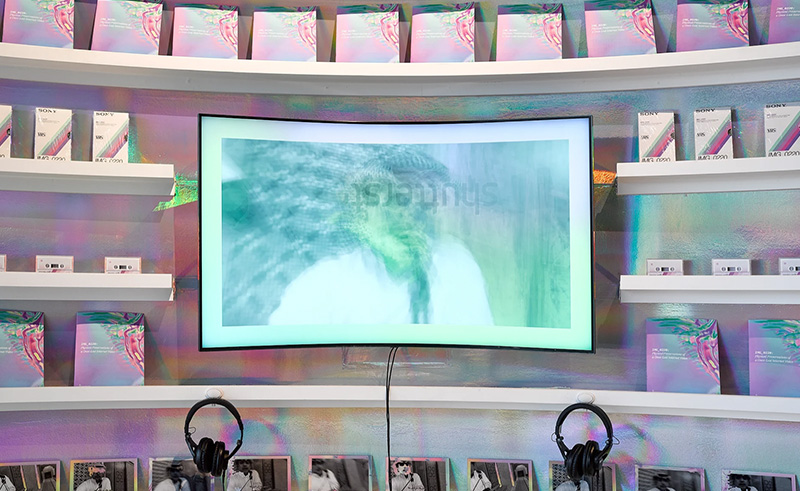
Do you remember the initial online reactions to this video?
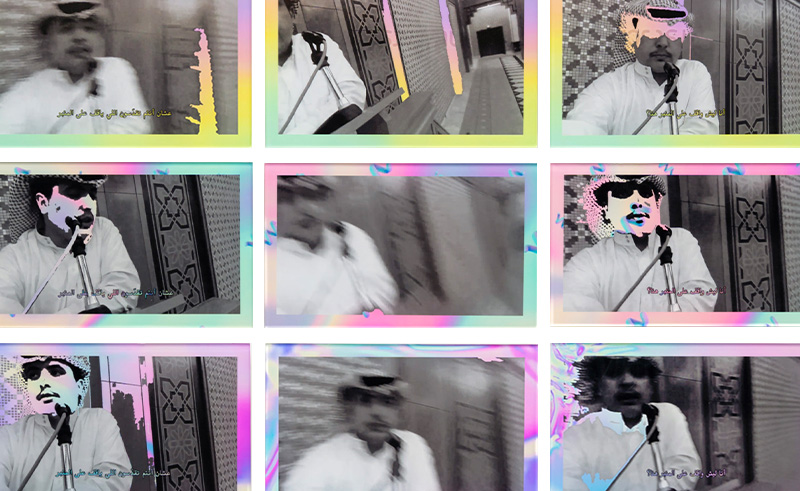
When people talk about preservation they are usually concerned with ancient histories, how do you tackle that contrast in your work?
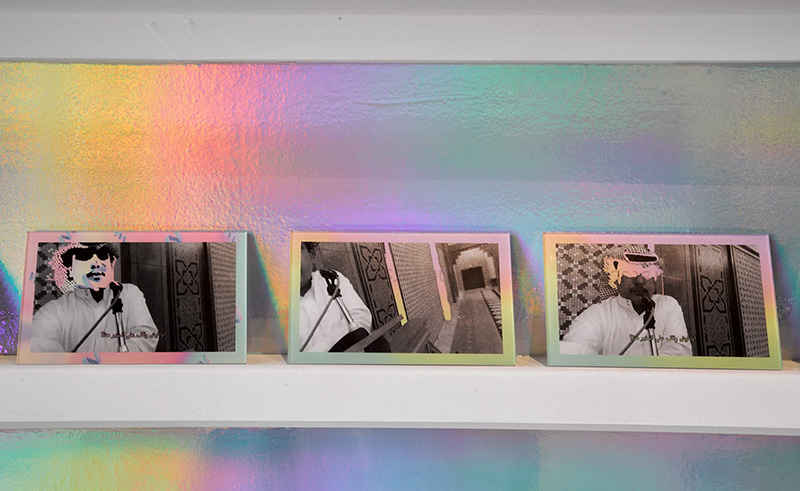
Why cassette tapes?
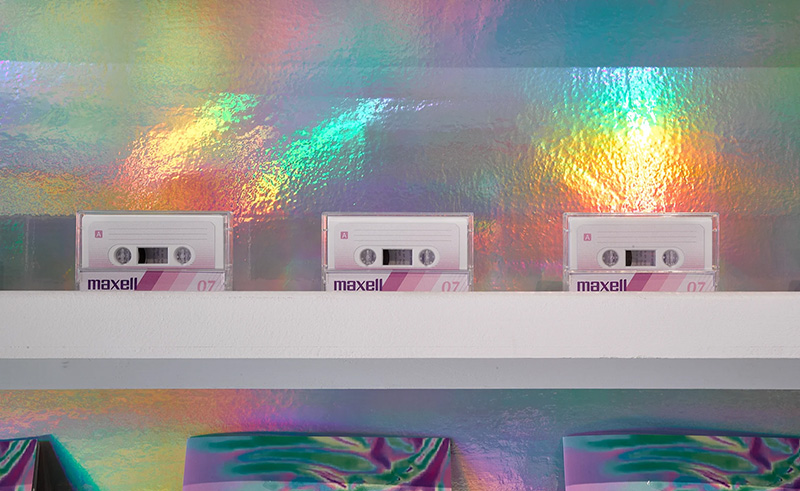
Why reappropriate the video in a vivid, colourful manner?
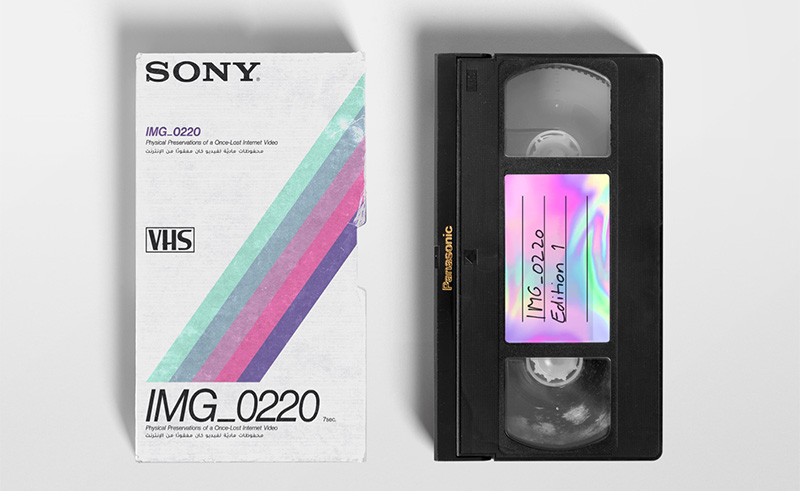
As a young artist who has witnessed the rise of the internet, and is concerned about its themes, how does that influence your practice?
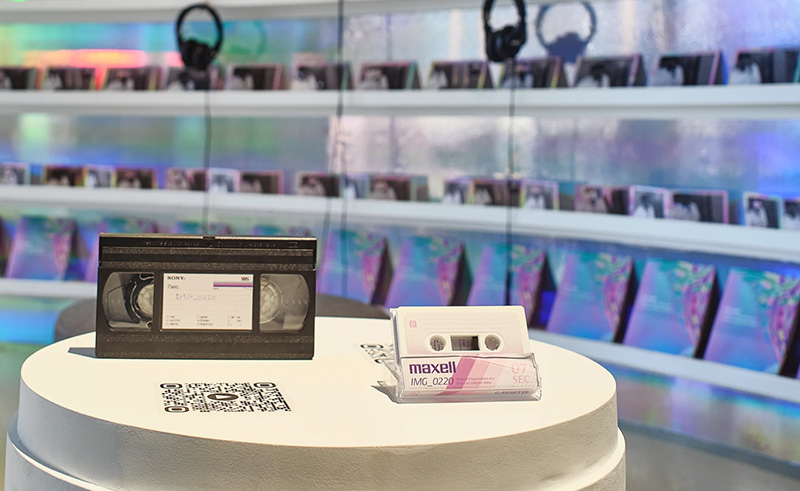
How do you ensure your art remains accessible to a wide audience? Is accessibility a deliberate aim or a result of the themes that concern you?
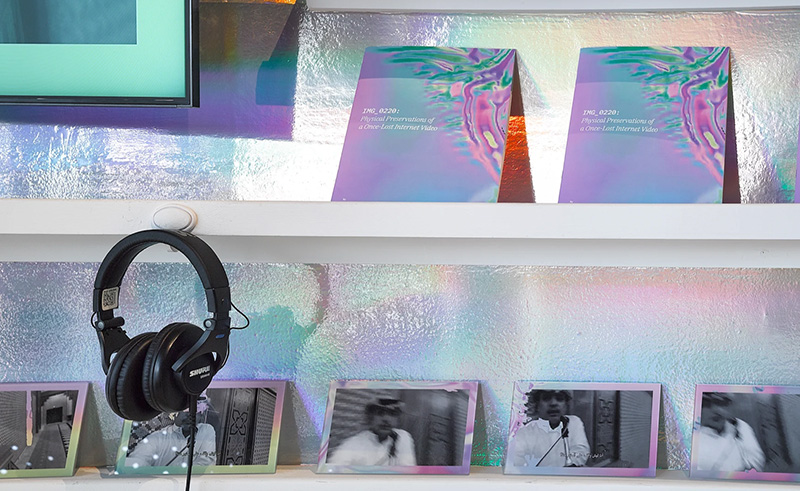
How do you utilize documentation to comment on societal issues?
Where is the project going?
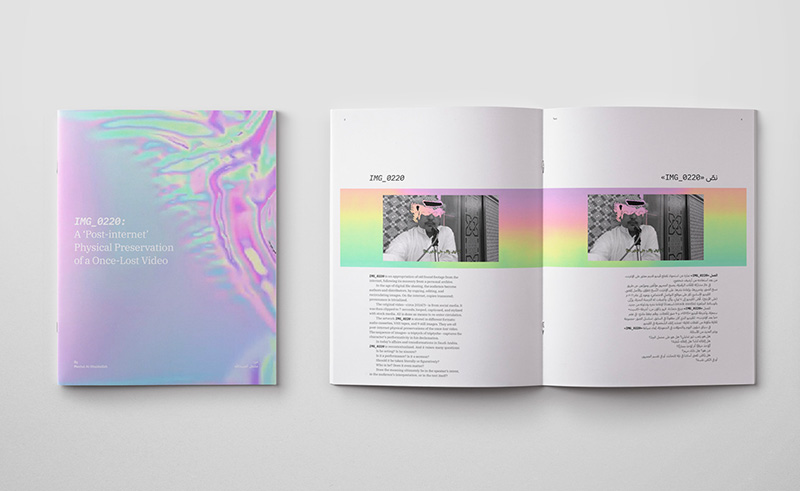
- Previous Article Italian-Palestinian Duo No Input Debuts Eponymous Electro EP
- Next Article Travel Across History on Egypt's Most Iconic Bridges
Trending This Week
-
Dec 12, 2025







.jpeg)


